Painting architecture: Tommy Fitzpatrick’s fractured modernist visions
Tommy Fitzpatrick’s new series of electric-hued architectural paintings capture the American artist's 30-year fascination with modernism

Tommy Fitzpatrick has long had a fascination with how buildings are made. Growing up in the Dallas suburbs, the downtown urban environment became a magnet. ‘I’ve always liked modernism and Bauhaus, and found that urban areas had a similar quality of newness and futurism,’ he tells Wallpaper*.
An exhibition of new paintings, titled ‘Site’, at Qualia Contemporary Art in Palo Alto, California, marks a departure in Fitzpatrick’s conventional approach: instead of painting from life or photographs, he turned to computer-aided design (CAD) software to create renderings that he then translated into paint. ‘When it comes to architecture, I often find myself loving the renderings more than buildings themselves; they’re a proposition of the fact,’ he explains.
In 1998, Fitzpatrick assisted American minimalist artist Frank Stella with a mural installation in Houston. The experience had a deep impact on Fitzpatrick and encouraged him to transition from smooth, seamless compositions to geometric, electric-hued explosions.
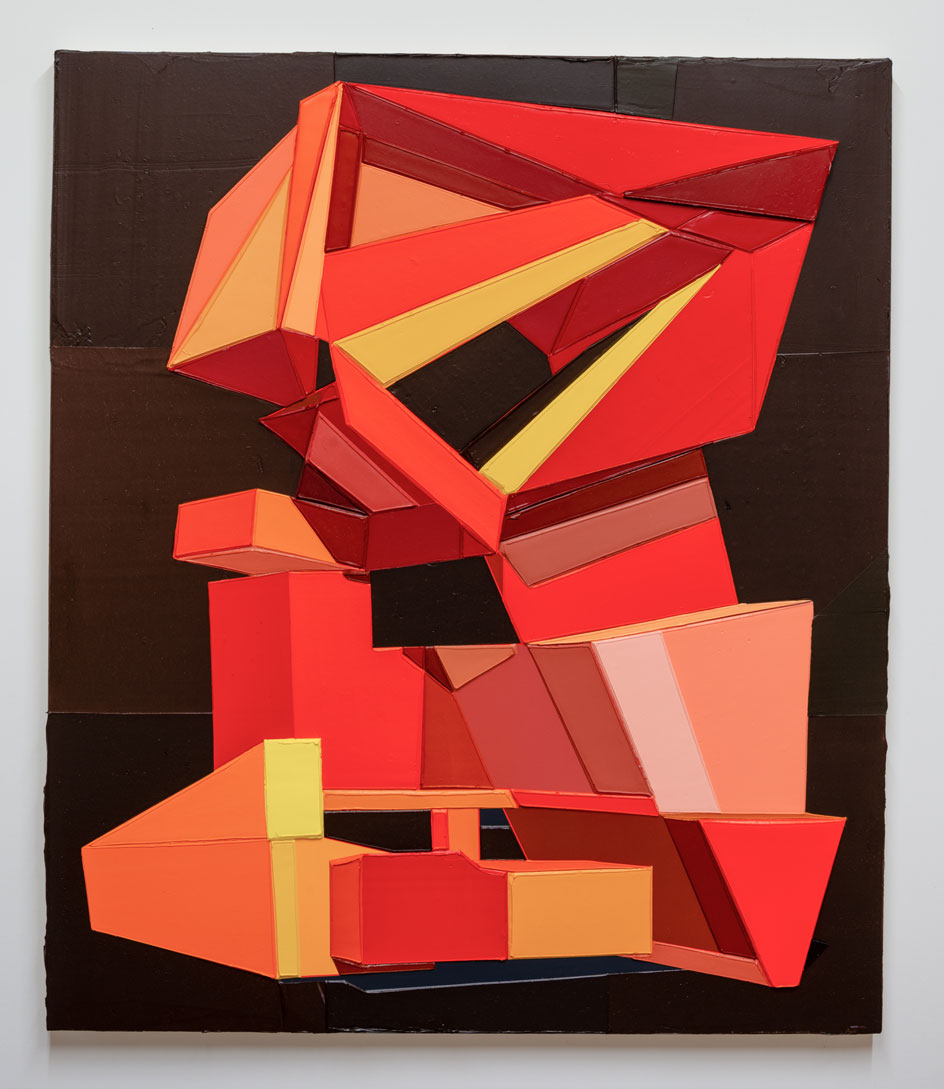
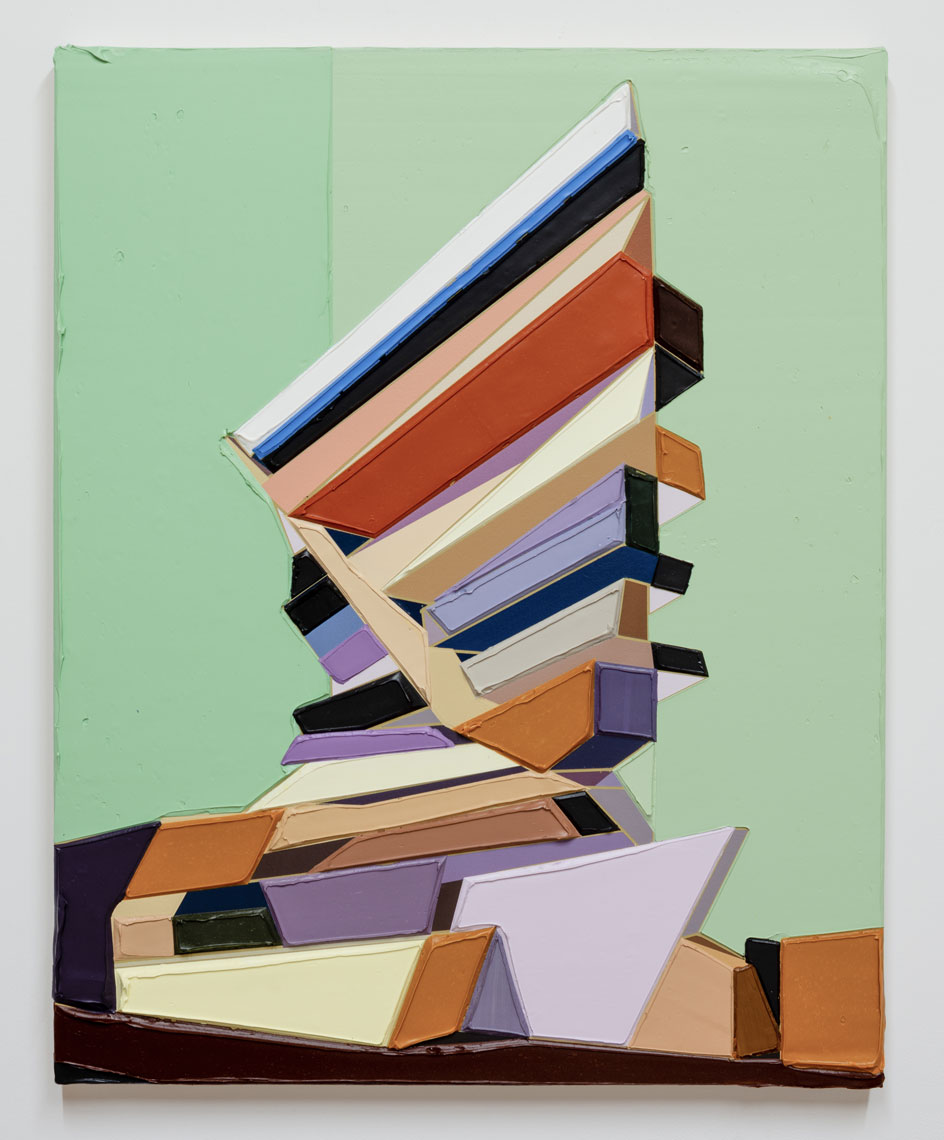
Above: Tommy Fitzpatrick, Sino. Below: Compound, both 2021
Fitzpatrick is drawn to buildings both for their ephemerality and longevity, particularly modernist architecture that once heralded a better society. The artist has also explored architectural projects that never came to be; his 2017 series Crystal Cities was inspired by Frank Lloyd Wright’s unrealised Washington, DC project of the same name.
Fitzpatrick’s paintings present both the ruins and utopian potential of his subjects, and a record of past ideals. ‘Things come and go, that is reflected in our architecture’, he says. ‘Buildings that were once a remarkable feat of their time go out of style and are knocked down for the latest innovations. But there seems to be a quality within certain buildings and landmarks that acts as a universal commonality.’
His works almost sculptural in depth, Fitzpatrick stretches his architectural subjects to their abstracted extremities. What might have been roofs, windows, glass and steel fracture into shards of impastoed ambiguity.

Tommy Fitzpatrick, Victoria, 2021
The artist's fascination with architecture and construction extends to his tools, materials and processes. Fitzpatrick begins by pouring acrylic paint onto the canvas in a similar manner to how cement is poured to make brutalist buildings. He uses tools one might find on a building site, like concrete placers and trowels, to concoct and cut through congealed slabs of paint. The painted surface protrudes like a relief to such an extent that its peaks cast their own shadows.
Fitzpatrick structures his paintings like an architect plans a building: the foundation, the frame, and the exterior. ‘When you look at the painted surface you can tell how the paint was laid down in my work. It’s a frozen human moment; suspending action in one image.’
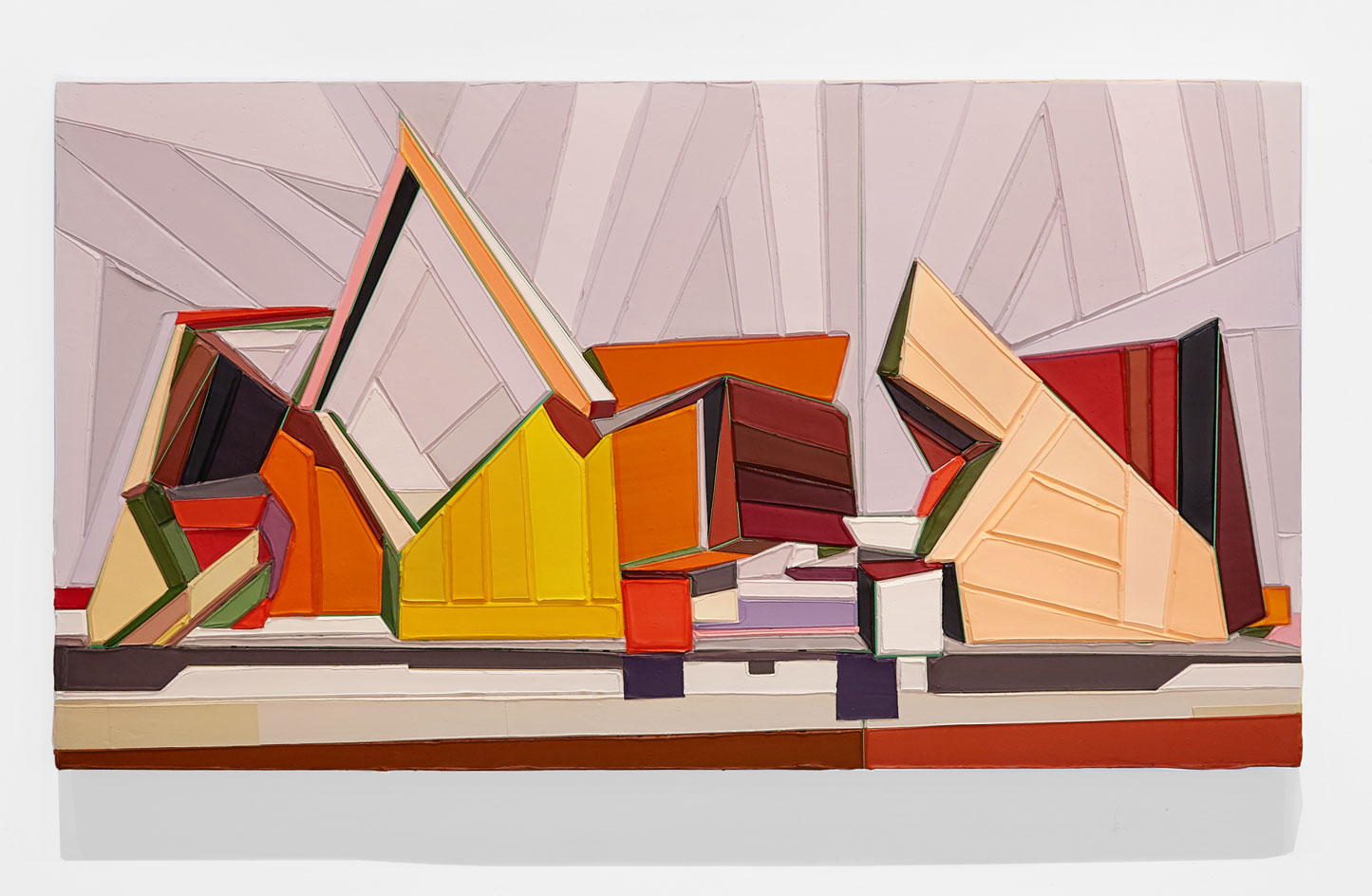
Tommy Fitzpatrick, Geomorphic, 2020

Tommy Fitzpatrick, Villa, 2021
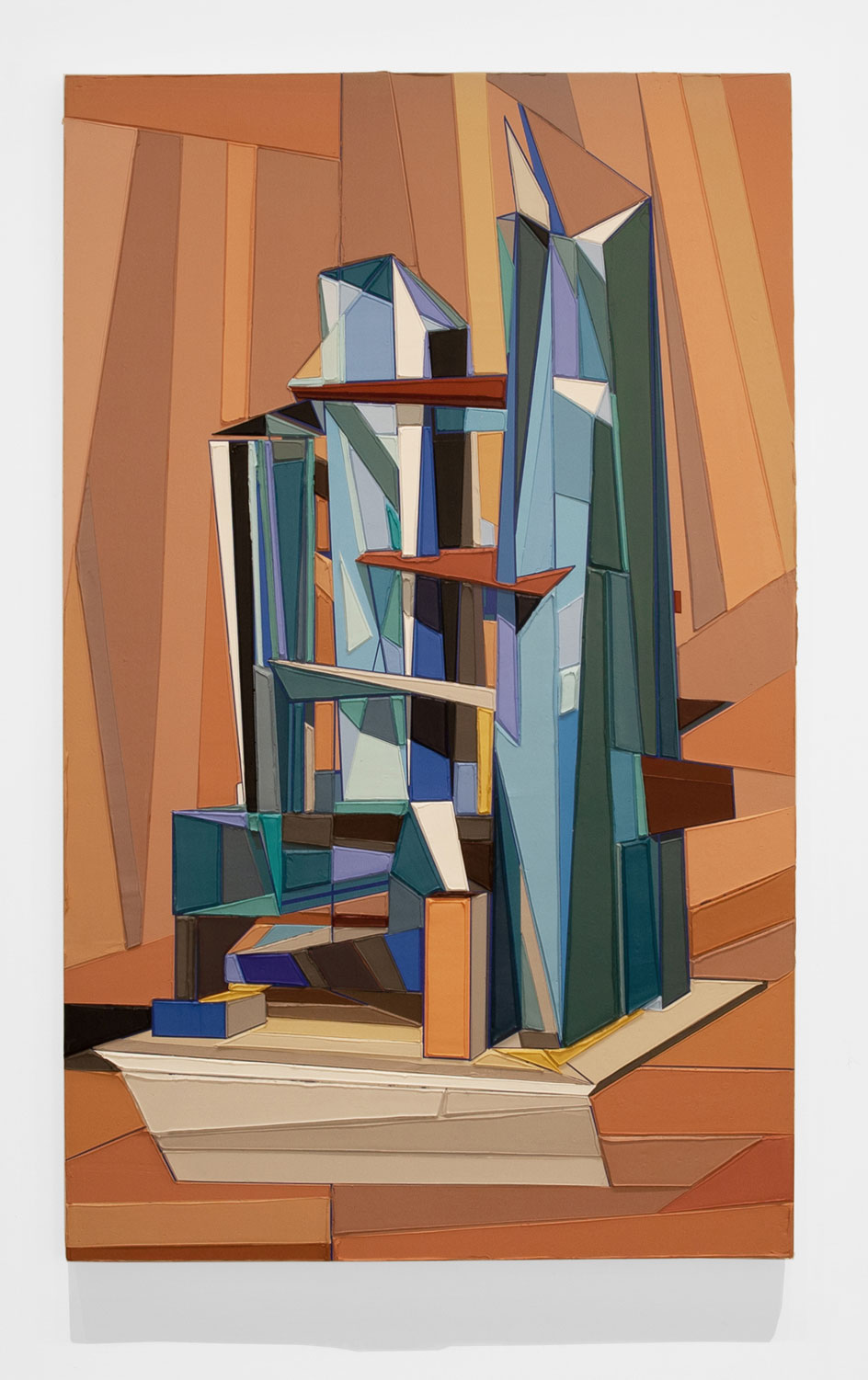
Tommy Fitzpatrick, Tower, 2020
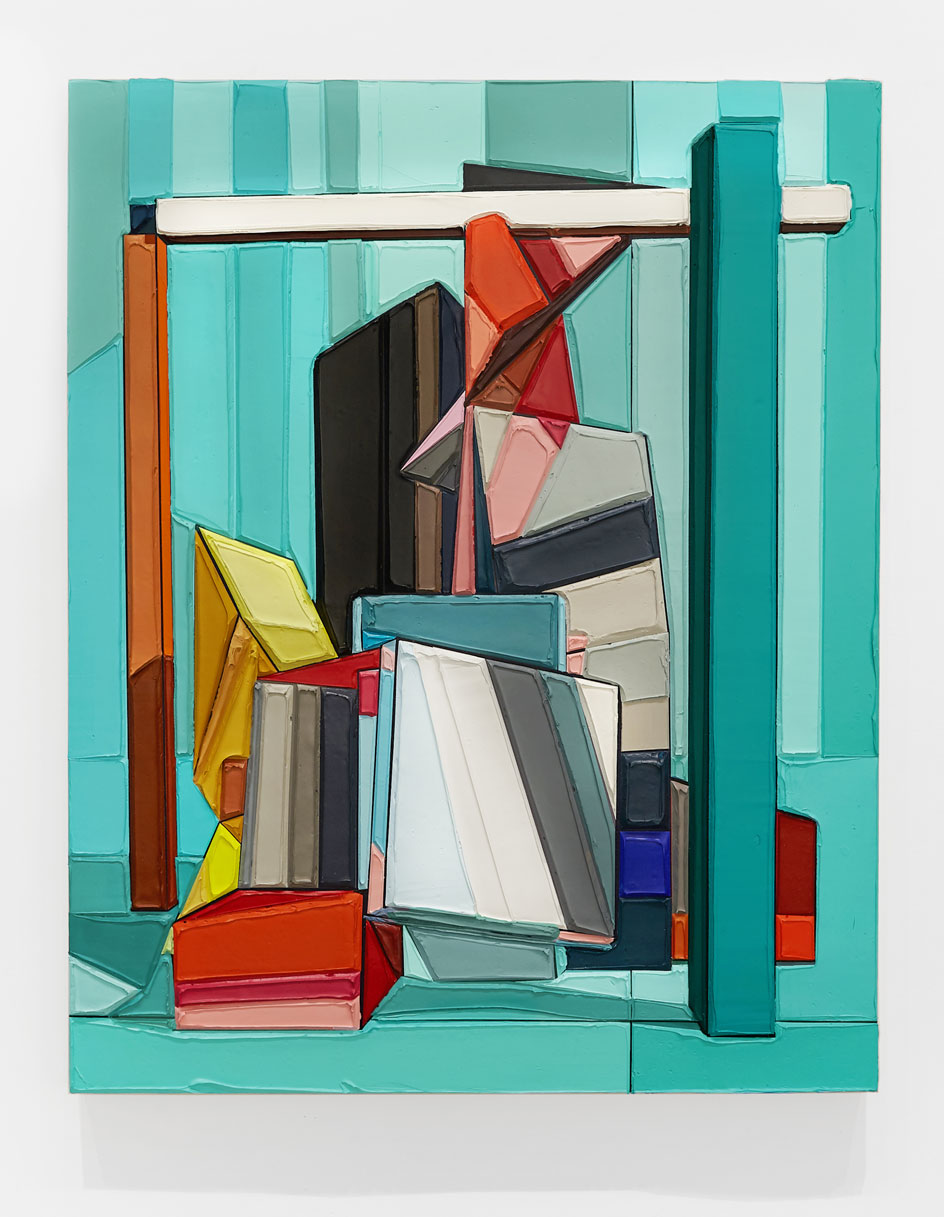
Tommy Fitzpatrick, Monument, 2020
INFORMATION
Tommy Fitzpatrick: ‘Site’ 10 April-28 May 2021, Qualia Contemporary Art
qualiacontemporaryart.com
tommyfitzpatrick.com
ADDRESS
328 University Ave
Palo Alto, CA 94301
Receive our daily digest of inspiration, escapism and design stories from around the world direct to your inbox.
Harriet Lloyd-Smith was the Arts Editor of Wallpaper*, responsible for the art pages across digital and print, including profiles, exhibition reviews, and contemporary art collaborations. She started at Wallpaper* in 2017 and has written for leading contemporary art publications, auction houses and arts charities, and lectured on review writing and art journalism. When she’s not writing about art, she’s making her own.
-
 How Charles and Ray Eames combined problem solving with humour and playfulness to create some of the most enduring furniture designs of modern times
How Charles and Ray Eames combined problem solving with humour and playfulness to create some of the most enduring furniture designs of modern timesEverything you need to know about Charles and Ray Eames, the American design giants who revolutionised the concept of design for everyday life with humour and integrity
-
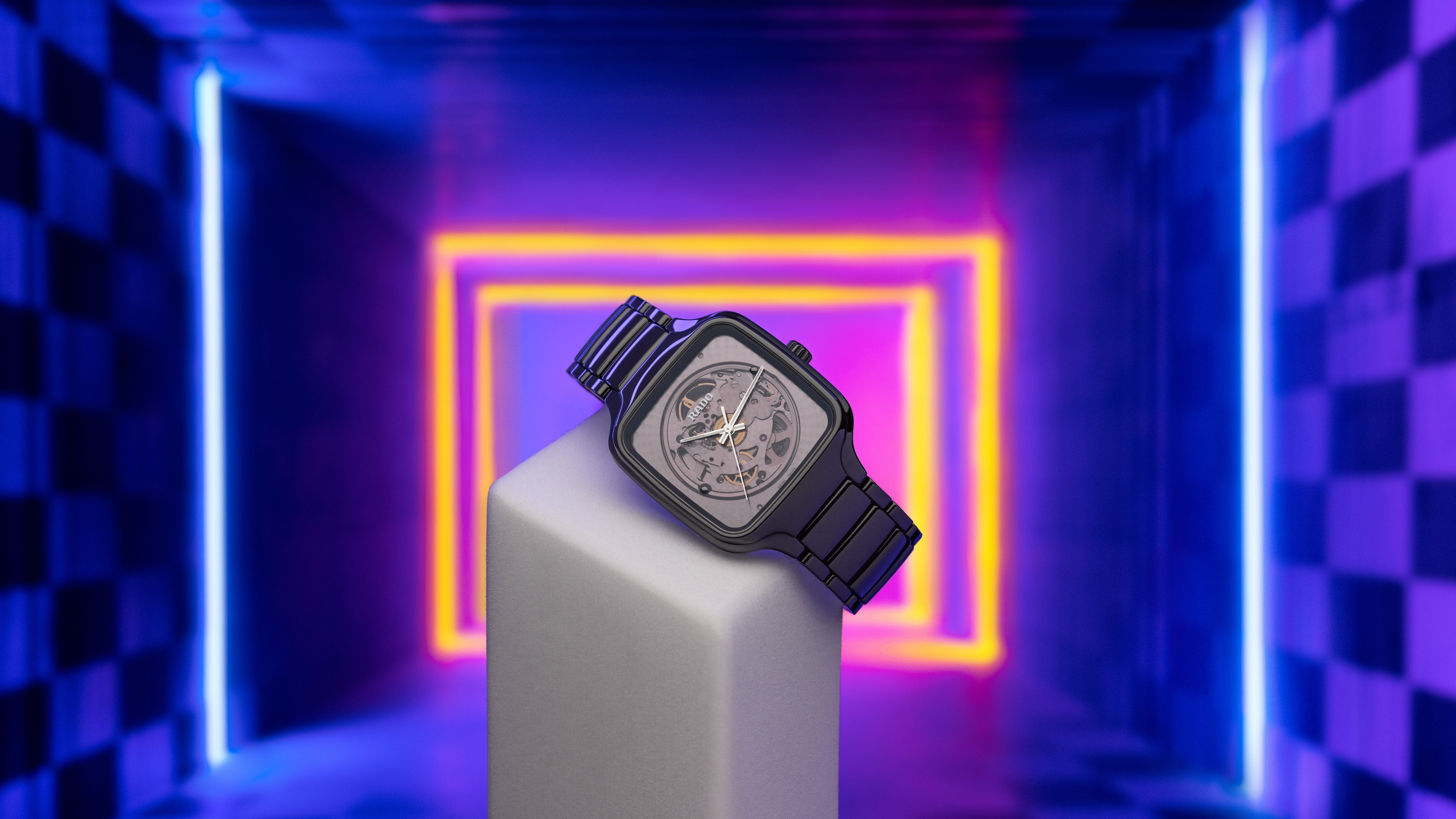 Why are the most memorable watch designers increasingly from outside the industry?
Why are the most memorable watch designers increasingly from outside the industry?Many of the most striking and influential watches of the 21st century have been designed by those outside of the industry’s mainstream. Is it only through the hiring of external designers that watch aesthetics really move on?
-
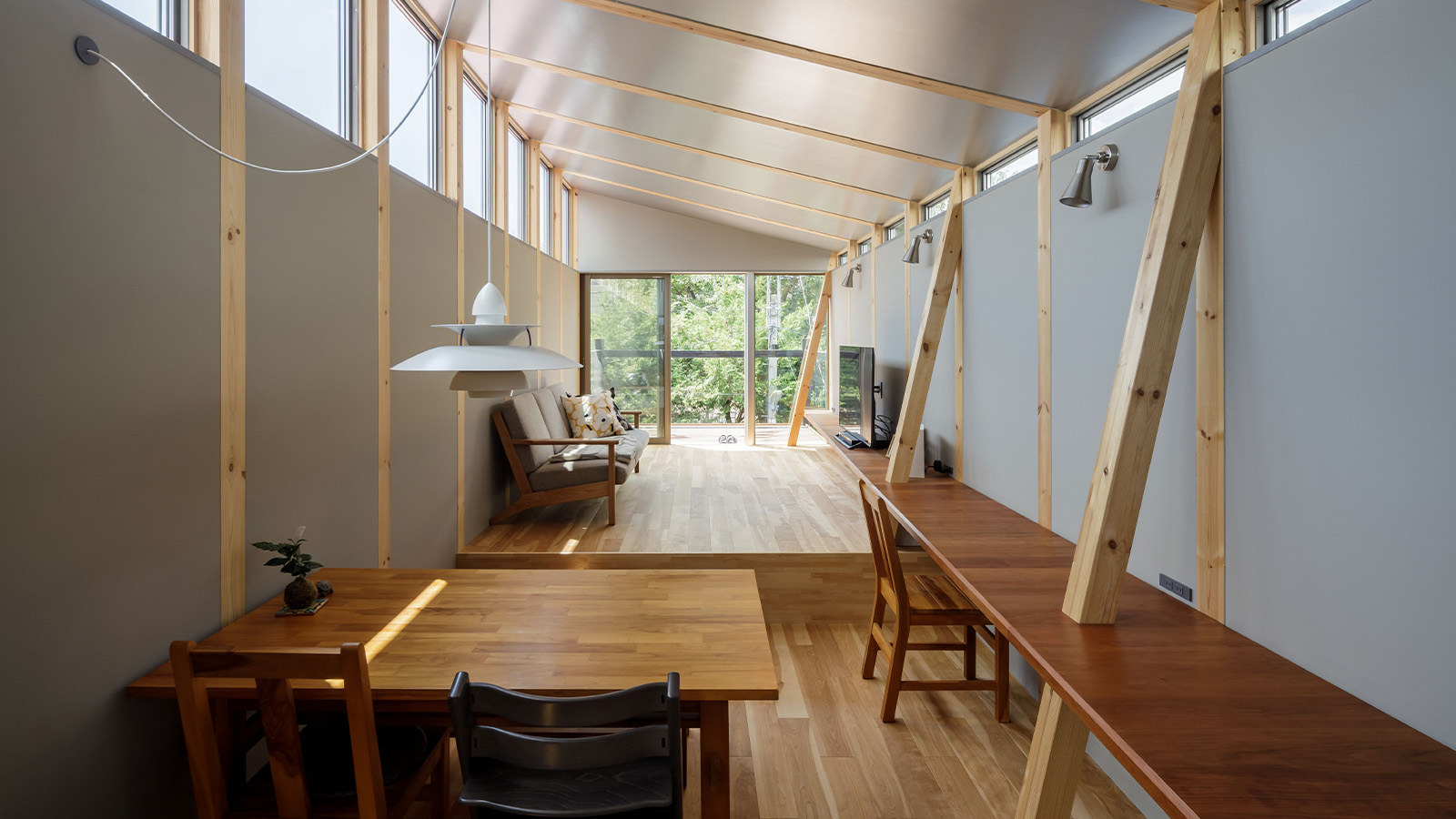 This Fukasawa house is a contemporary take on the traditional wooden architecture of Japan
This Fukasawa house is a contemporary take on the traditional wooden architecture of JapanDesigned by MIDW, a house nestled in the south-west Tokyo district features contrasting spaces united by the calming rhythm of structural timber beams
-
 Nadia Lee Cohen distils a distant American memory into an unflinching new photo book
Nadia Lee Cohen distils a distant American memory into an unflinching new photo book‘Holy Ohio’ documents the British photographer and filmmaker’s personal journey as she reconnects with distant family and her earliest American memories
-
 This Gustav Klimt painting just became the second most expensive artwork ever sold – it has an incredible backstory
This Gustav Klimt painting just became the second most expensive artwork ever sold – it has an incredible backstorySold by Sotheby’s for a staggering $236.4 million, ‘Portrait of Elisabeth Lederer’ survived Nazi looting and became the key to its subject’s survival
-
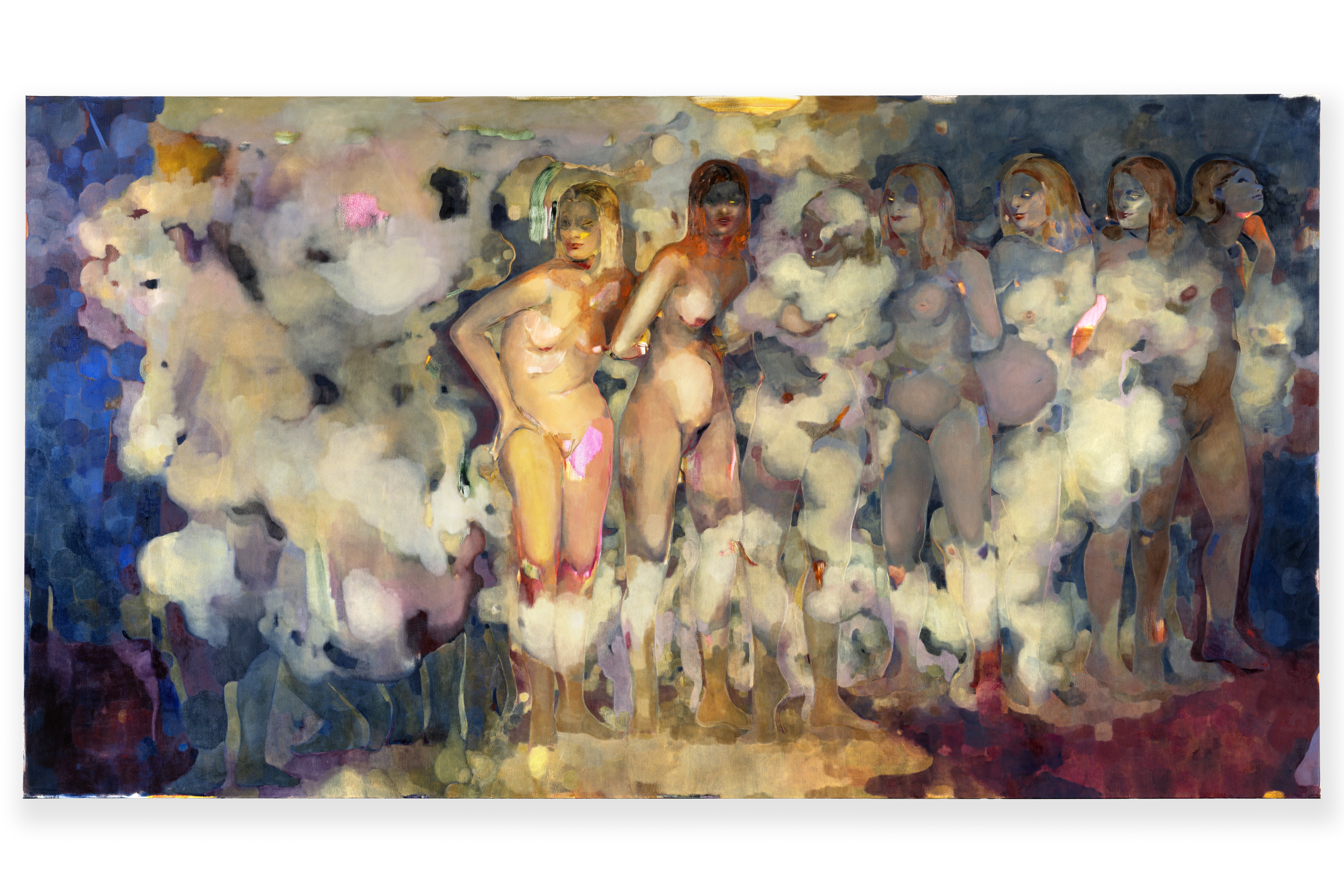 Meet Eva Helene Pade, the emerging artist redefining figurative painting
Meet Eva Helene Pade, the emerging artist redefining figurative paintingPade’s dreamlike figures in a crowd are currently on show at Thaddaeus Ropac London; she tells us about her need ‘to capture movements especially’
-
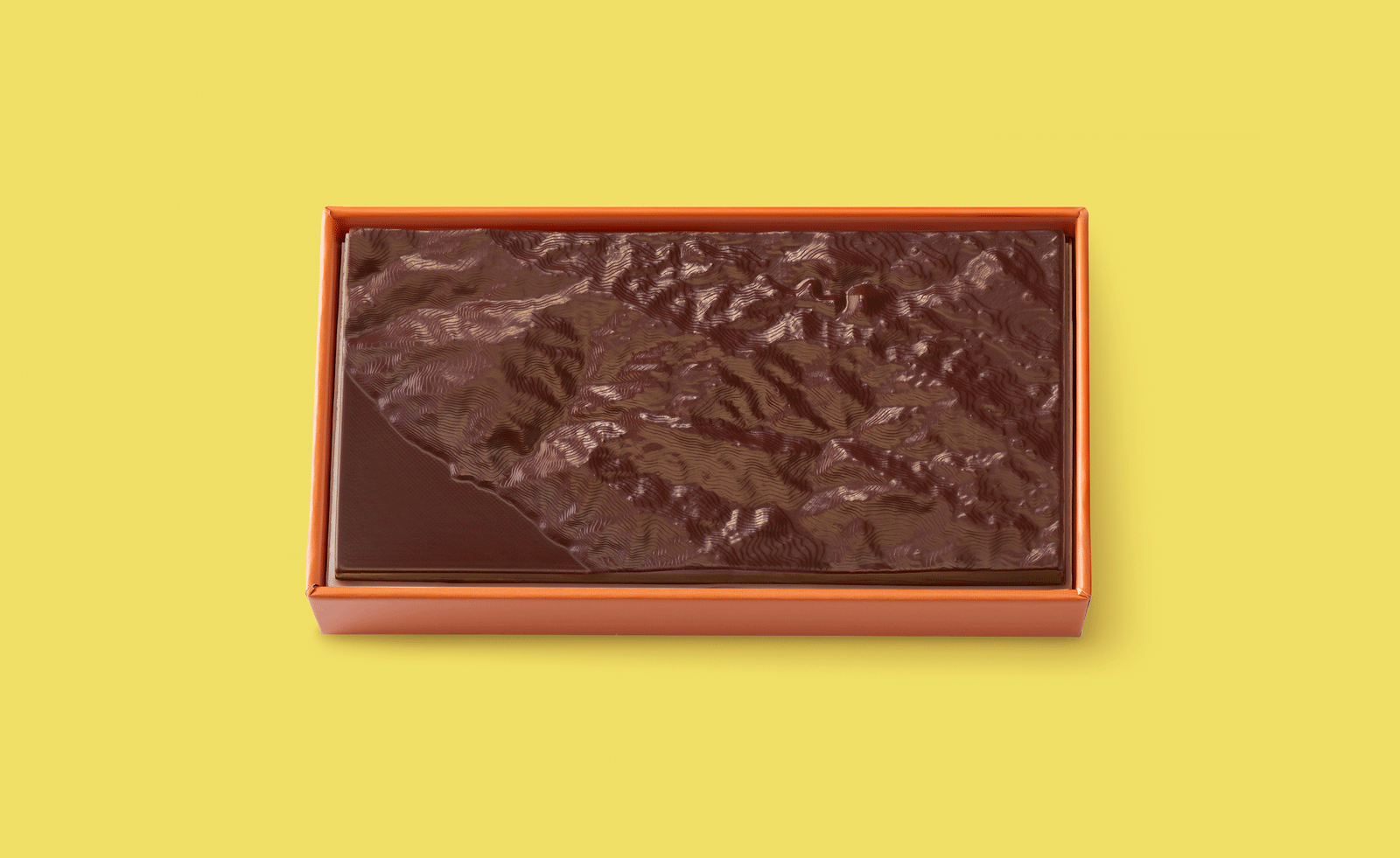 Ed Ruscha’s foray into chocolate is sweet, smart and very American
Ed Ruscha’s foray into chocolate is sweet, smart and very AmericanArt and chocolate combine deliciously in ‘Made in California’, a project from the artist with andSons Chocolatiers
-
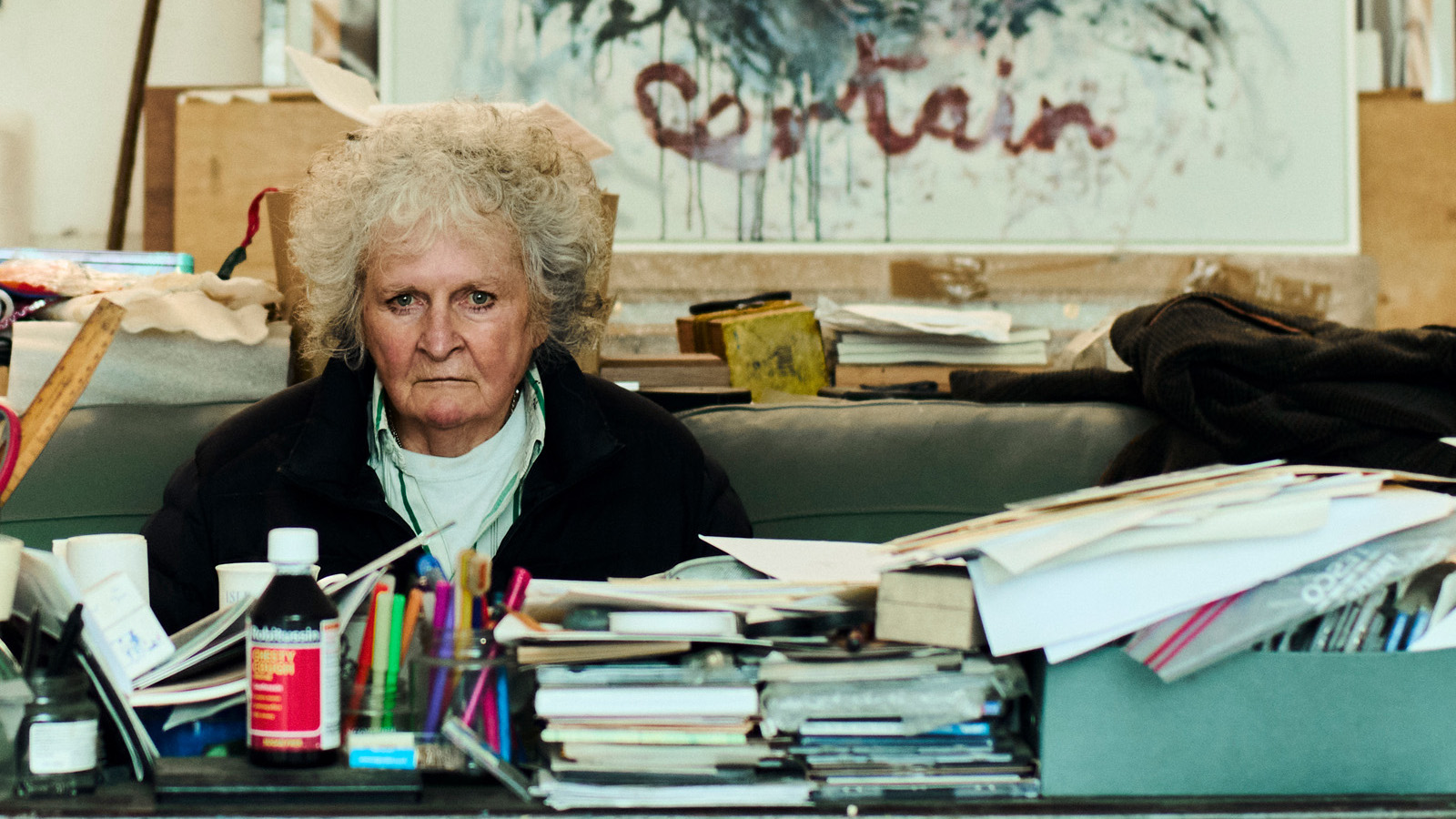 Maggi Hambling at 80: what next?
Maggi Hambling at 80: what next?To mark a significant year, artist Maggi Hambling is unveiling both a joint London exhibition with friend Sarah Lucas and a new Rizzoli monograph. We visit her in the studio
-
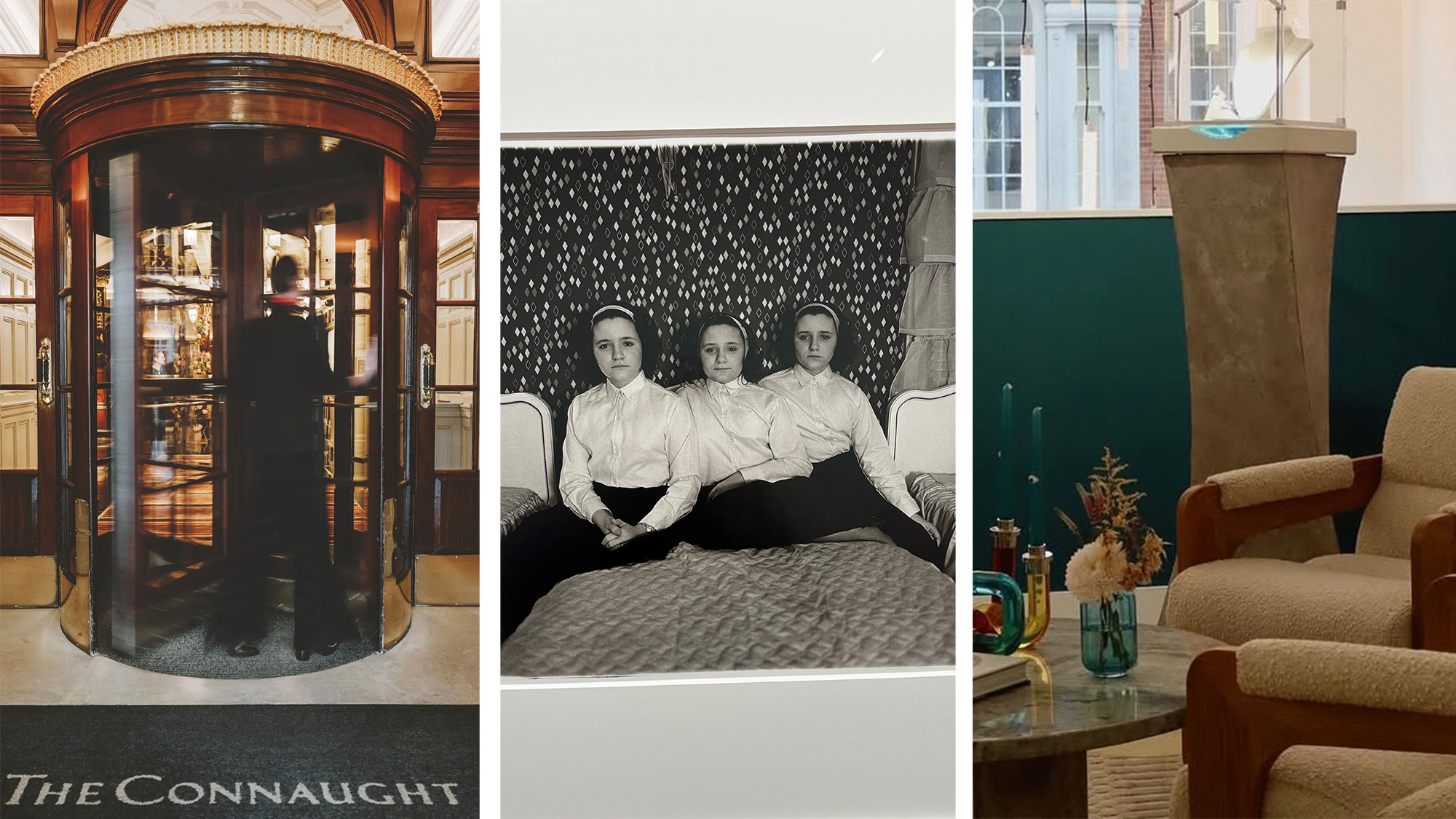 Out of office: The Wallpaper* editors’ picks of the week
Out of office: The Wallpaper* editors’ picks of the weekThis week, the Wallpaper* editors curated a diverse mix of experiences, from meeting diamond entrepreneurs and exploring perfume exhibitions to indulging in the the spectacle of a Middle Eastern Christmas
-
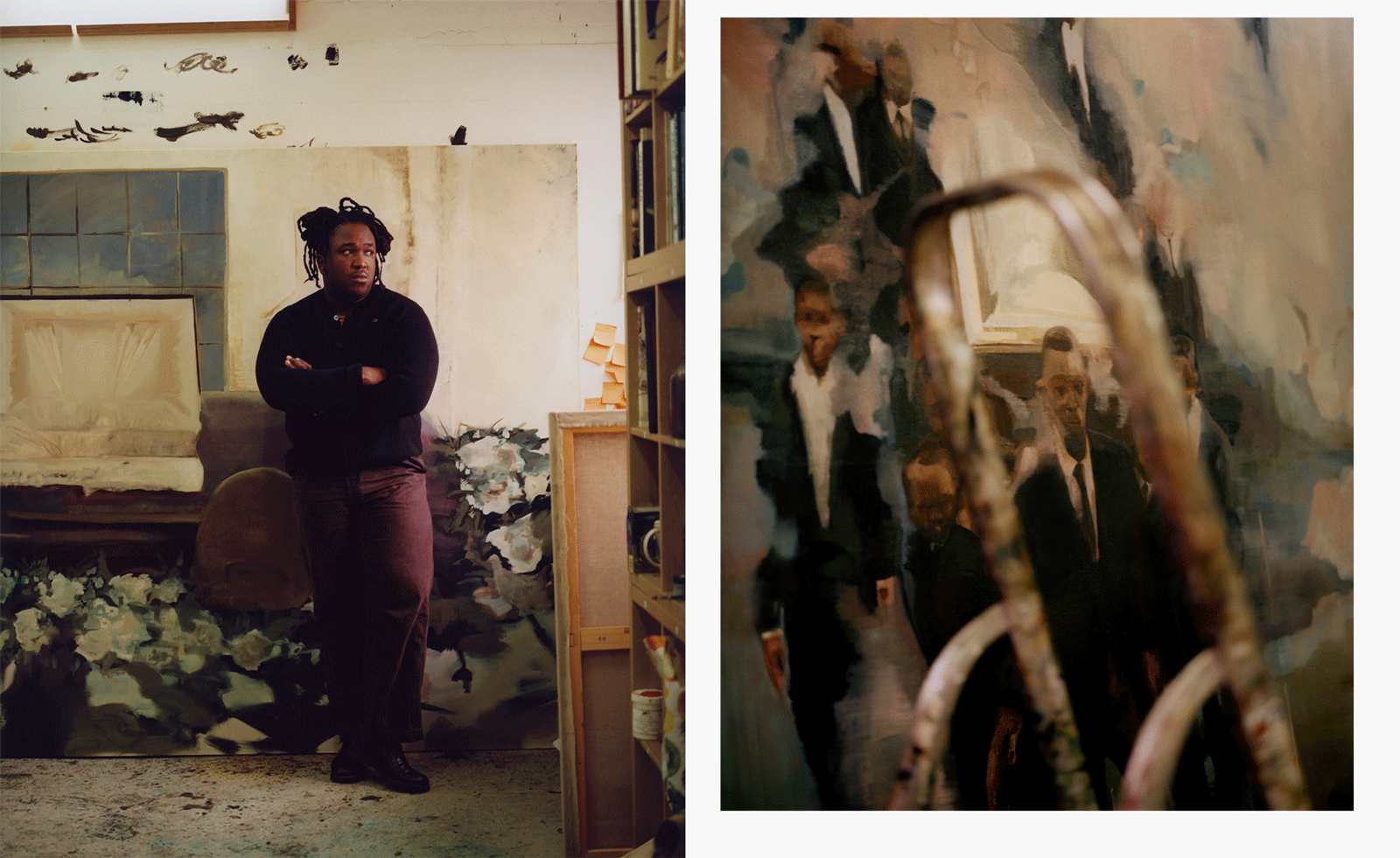 Artist Shaqúelle Whyte is a master of storytelling at Pippy Houldsworth Gallery
Artist Shaqúelle Whyte is a master of storytelling at Pippy Houldsworth GalleryIn his London exhibition ‘Winter Remembers April’, rising artist Whyte offers a glimpse into his interior world
-
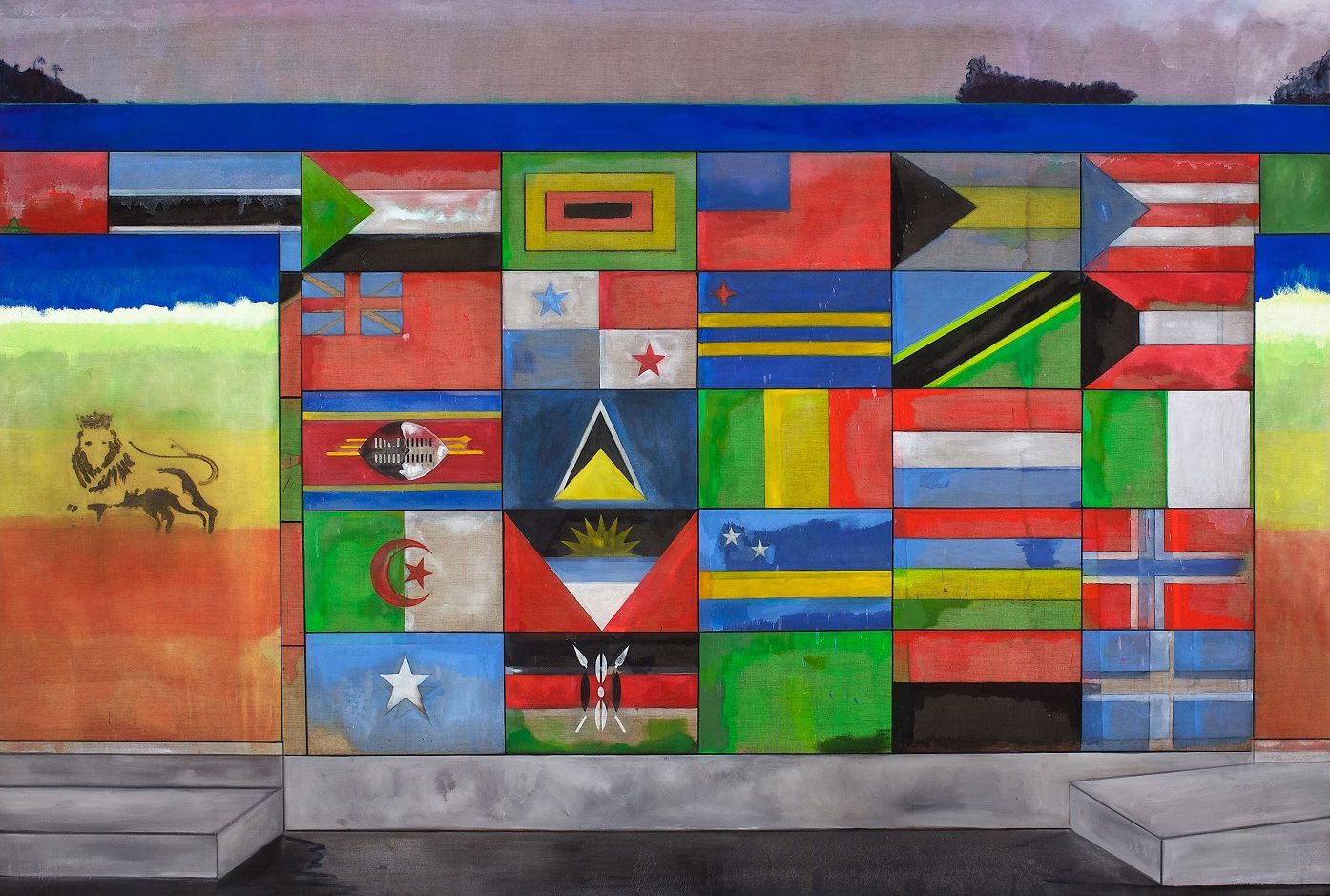 ‘Sit, linger, take a nap’: Peter Doig welcomes visitors to his Serpentine exhibition
‘Sit, linger, take a nap’: Peter Doig welcomes visitors to his Serpentine exhibitionThe artist’s ‘House of Music’ exhibition, at Serpentine Galleries, rethinks the traditional gallery space, bringing in furniture and a vintage sound system